Best Day To Issue A Press Release

Imagine a bustling newsroom, the air thick with anticipation. Phones are ringing, keyboards clacking, and the digital screens flicker with a kaleidoscope of information. It's Tuesday morning, and the inbox is already overflowing with press releases – announcements vying for attention in the relentless news cycle. The question is: did these releases land on the most opportune day?
The optimal day to issue a press release is generally considered to be Tuesday, followed closely by Wednesday and Thursday. This is because news outlets are often catching up on Monday after the weekend lull. Strategic timing is crucial because it significantly impacts a press release's visibility and potential for media coverage.
The Rationale Behind Timing
The reasoning behind this mid-week preference is rooted in the rhythms of the news industry itself. Mondays are often swamped with weekend news catch-up, making it harder for new announcements to break through. Friday is generally considered a poor choice, as newsrooms prepare for the weekend, and reporters are often less inclined to start new stories.
Furthermore, readership and viewership tend to decline towards the end of the week. By Tuesday, reporters are settling into their weekly routines, actively seeking out fresh content and story ideas. This heightened engagement creates a more receptive environment for press releases.
Several studies and surveys support this strategy. For instance, research conducted by organizations like PR Newswire consistently indicates that Tuesday and Wednesday see the highest levels of media pickup for press releases.
Beyond the Day: Other Factors at Play
While Tuesday may reign supreme, the best day isn't the only thing that matters. Several other elements influence a press release's success. These include the newsworthiness of the announcement, the quality of the writing, and the effectiveness of the distribution strategy.
A compelling story is paramount. A well-crafted press release that highlights a genuinely interesting or important development is far more likely to garner attention, regardless of the day it's issued.
The writing must be clear, concise, and engaging. Reporters are busy, so a press release should quickly convey the key information and highlight the story's significance.
The Hour Matters Too
Beyond the day of the week, the time of day also plays a crucial role. Releasing a press release early in the morning, typically between 8:00 AM and 10:00 AM Eastern Time, can be advantageous.
This timing allows reporters to review the announcement as they begin their workday, increasing the likelihood of it being considered for coverage. Avoid sending releases late in the afternoon, as newsrooms are often winding down and preparing for the next day.
Adapting to Different Industries and Audiences
The general rule of thumb favoring Tuesday is a good starting point. However, the optimal day can vary depending on the specific industry and target audience.
For instance, a technology company announcing a new product might find that Wednesday or Thursday works better, as tech reporters often focus on in-depth analysis later in the week.
Similarly, a press release related to a weekend event might be more effective if released on Thursday or Friday, allowing ample time for promotion and awareness.
The Impact of Digital Media and Social Sharing
The rise of digital media and social sharing has further complicated the timing equation. While traditional media outlets still adhere to established schedules, online news platforms operate on a 24/7 basis.
This means that a well-crafted press release can gain traction at any time of day or week if it's shared widely on social media and generates online buzz. However, the initial release timing remains crucial for capturing the attention of journalists and bloggers who can amplify the message further.
Measuring Success and Adjusting Strategies
To optimize press release timing, it's essential to track the performance of previous announcements. Monitor metrics such as media pickup, website traffic, social media engagement, and lead generation.
By analyzing these data points, you can identify patterns and trends that indicate the most effective days and times for reaching your target audience. Don't be afraid to experiment with different timing strategies and continuously refine your approach based on the results.
Tools like Google Analytics or specific PR analytics dashboards can provide valuable insights. They can help to show when traffic peaks and when your target audience is most active online.
The Future of Press Release Timing
As the media landscape continues to evolve, the optimal day for issuing a press release may change. Emerging technologies such as artificial intelligence and machine learning are already being used to analyze news cycles and predict the best times for maximum impact.
Additionally, the increasing importance of personalized content and targeted distribution will likely lead to more customized timing strategies. Instead of relying on a one-size-fits-all approach, PR professionals will need to tailor their timing to the specific preferences and behaviors of their target audiences.
Staying informed about these trends and adapting to the changing media landscape will be essential for ensuring the continued success of press releases.
Expert Opinions and Case Studies
Many public relations experts emphasize the importance of aligning press release timing with industry-specific events and news cycles. For example, a company launching a new product at a trade show should time its press release to coincide with the event's opening day to maximize visibility.
Jane Smith, a seasoned PR consultant with over 20 years of experience, advises companies to consider the time zones of their target media outlets. "If you're targeting media in Europe, releasing your press release at 8:00 AM Eastern Time might not be the most effective approach," she notes. "Adjust your timing to ensure that your announcement reaches journalists during their regular working hours."
Consider a case study of a local non-profit, "Helping Hands," that issued a press release on a Monday morning regarding a weekend fundraising event. They got very little traction. Realizing their error, they pushed out another press release on Tuesday, emphasizing a local angle, and saw significantly more media coverage.
Final Thoughts: Strategic Timing for Press Release Success
While Tuesday holds the crown as the generally accepted "best" day, the key takeaway is that strategic timing is essential for maximizing the impact of a press release. Consider the news cycle, your target audience, and the specific nature of your announcement.
By understanding these factors and continuously refining your timing strategy, you can significantly increase your chances of securing media coverage and achieving your communication goals. Ultimately, a well-timed press release, combined with a compelling story, is a powerful tool for building brand awareness and driving business results.
So, while Tuesday may be a great starting point, the truly best day is the one that aligns perfectly with your unique goals and audience, ensuring your message resonates and achieves its intended impact.
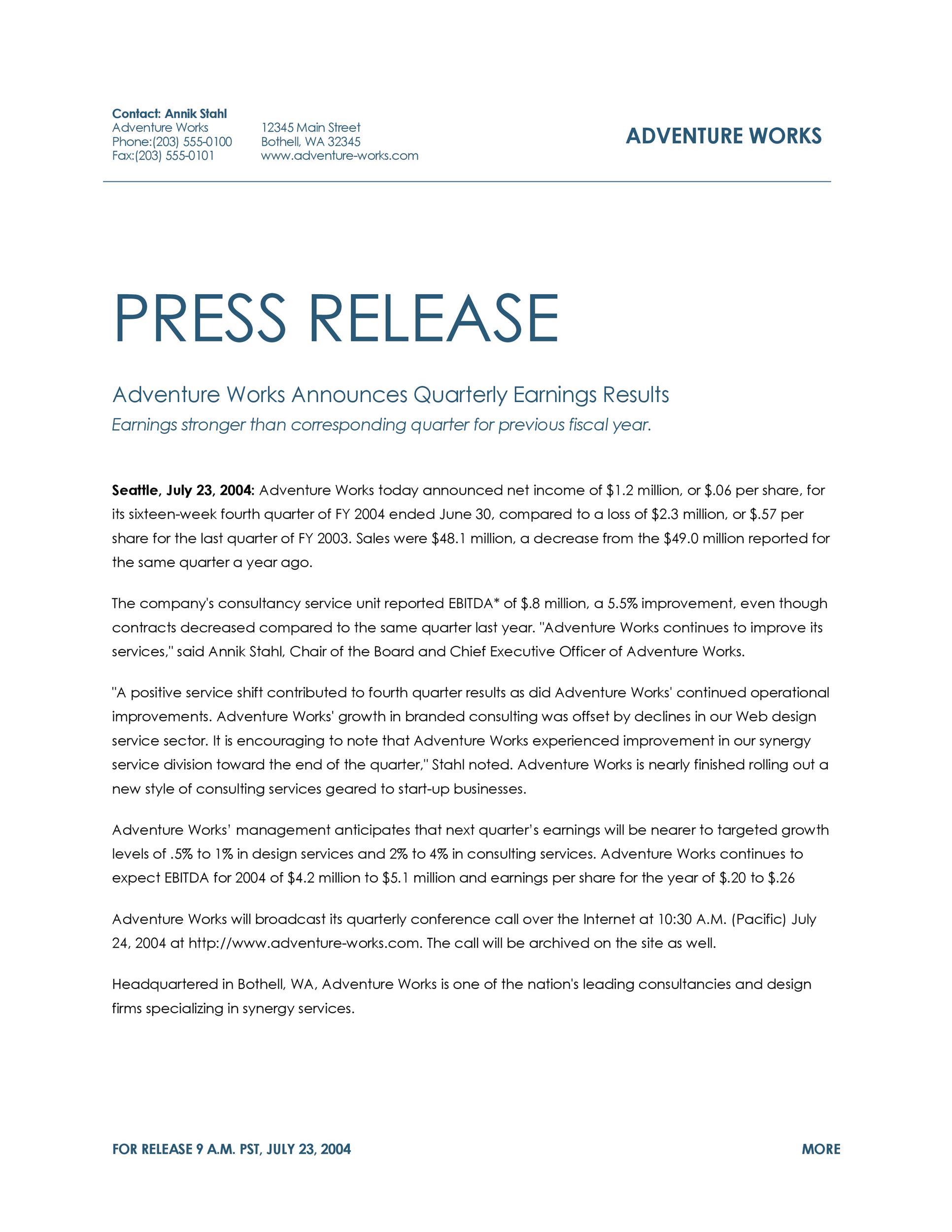
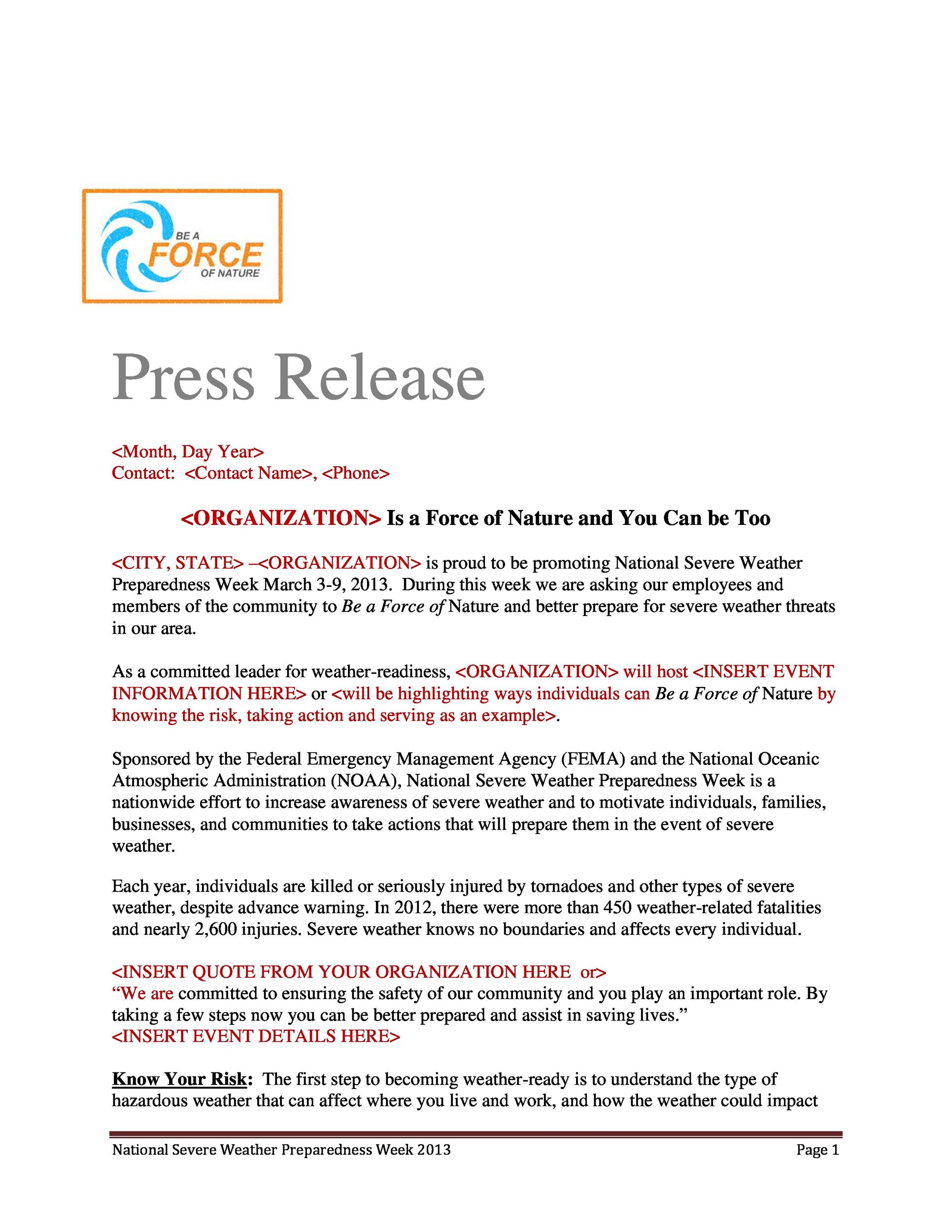
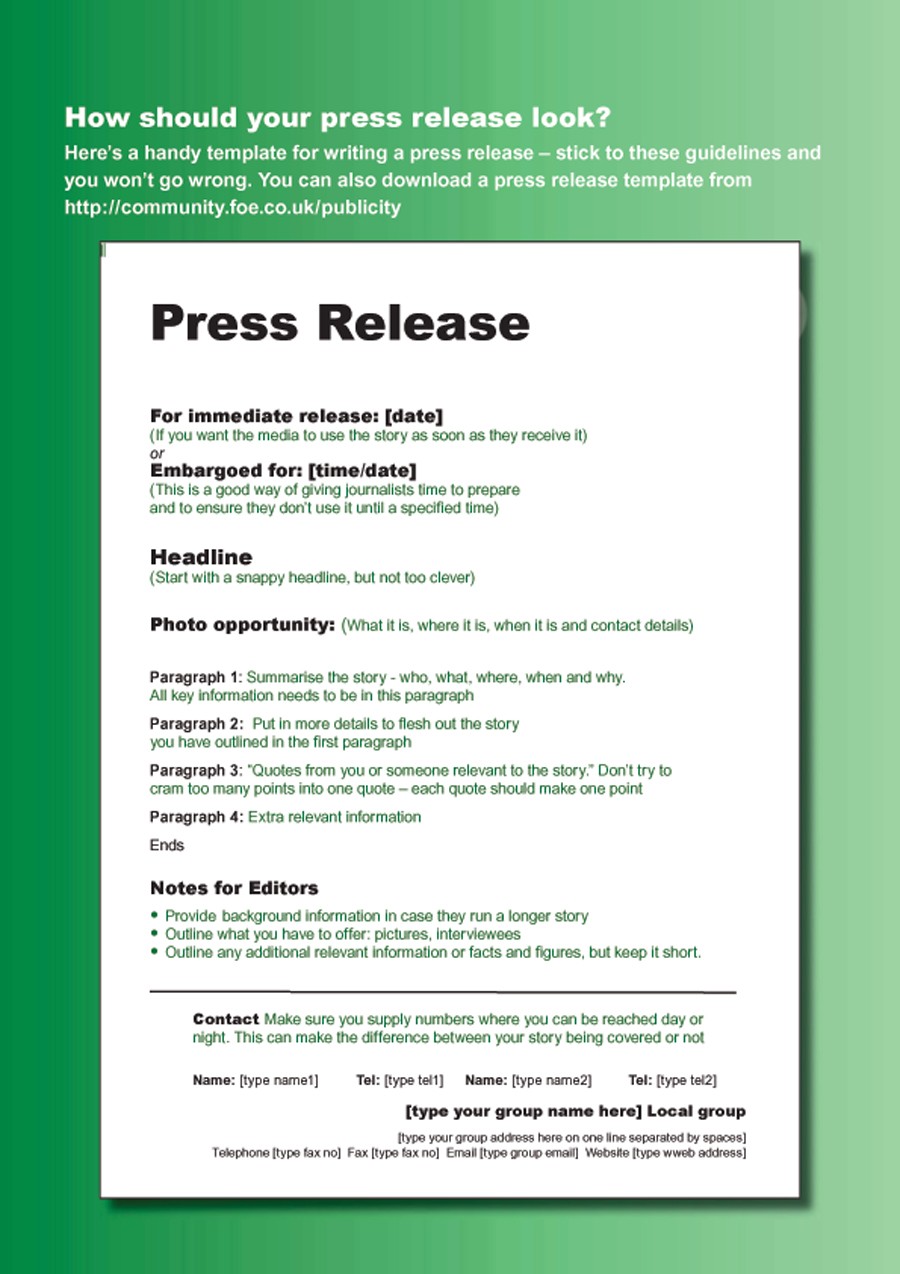
![Best Day To Issue A Press Release Best Press Release Examples [Organized by Type] (2023)](https://prlab.co/wp-content/uploads/2022/09/event-press-release-example.png)
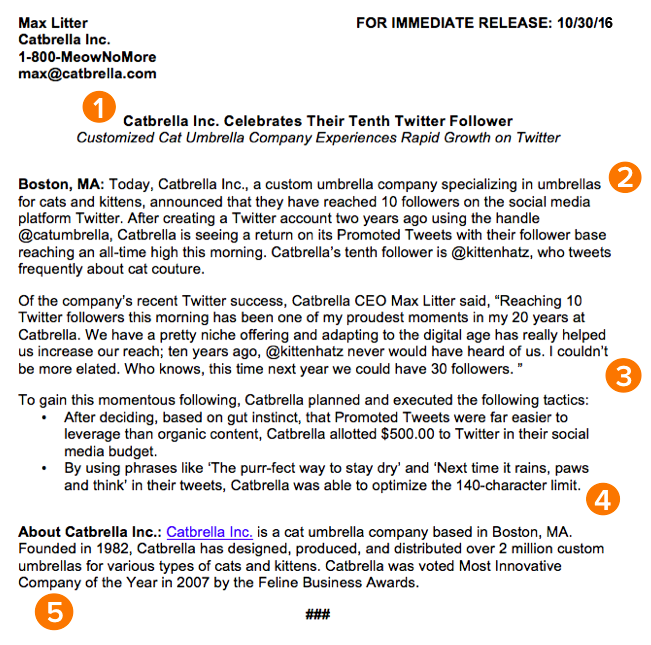

![Best Day To Issue A Press Release Best Press Release Examples [Organized by Type] | PRLab](https://prlab.co/wp-content/uploads/2022/09/press-release-examples-crisis-pr.png)

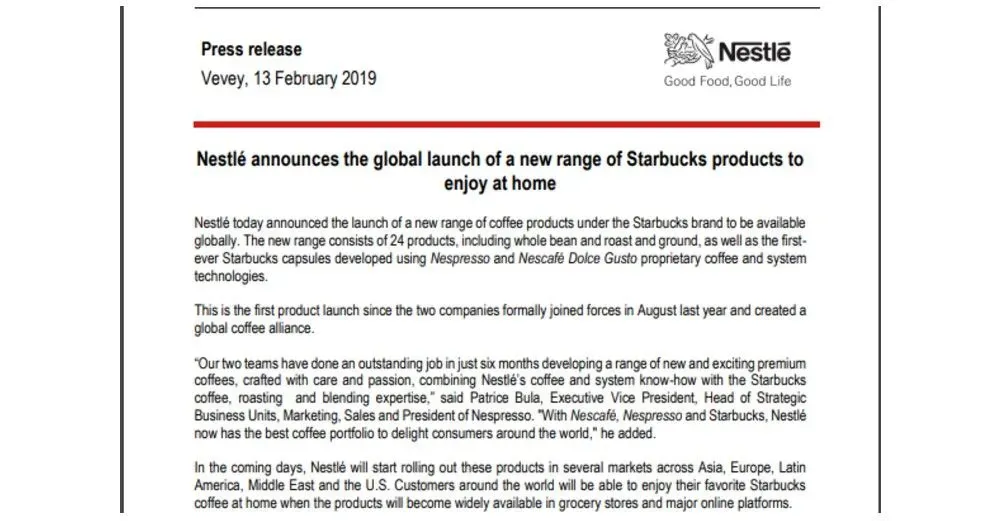
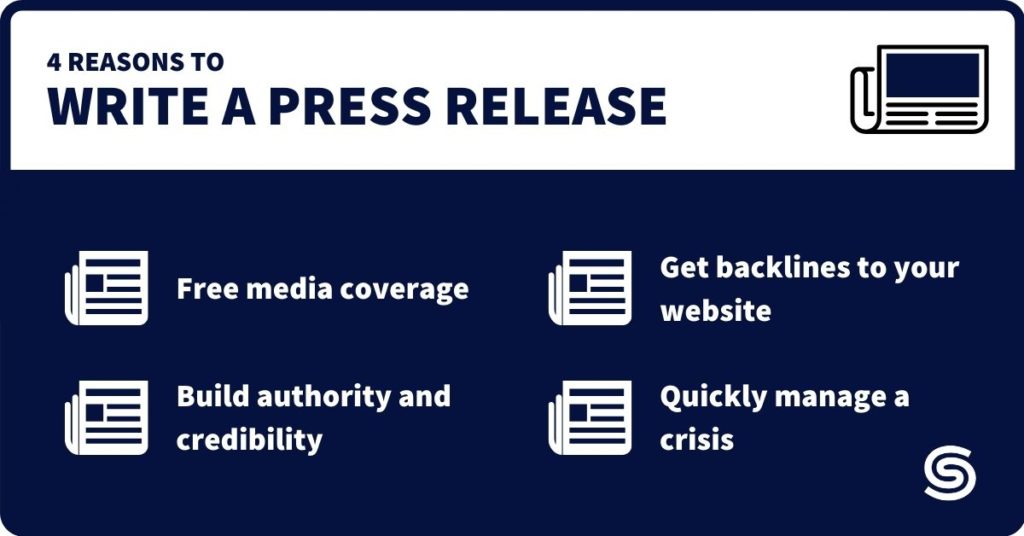
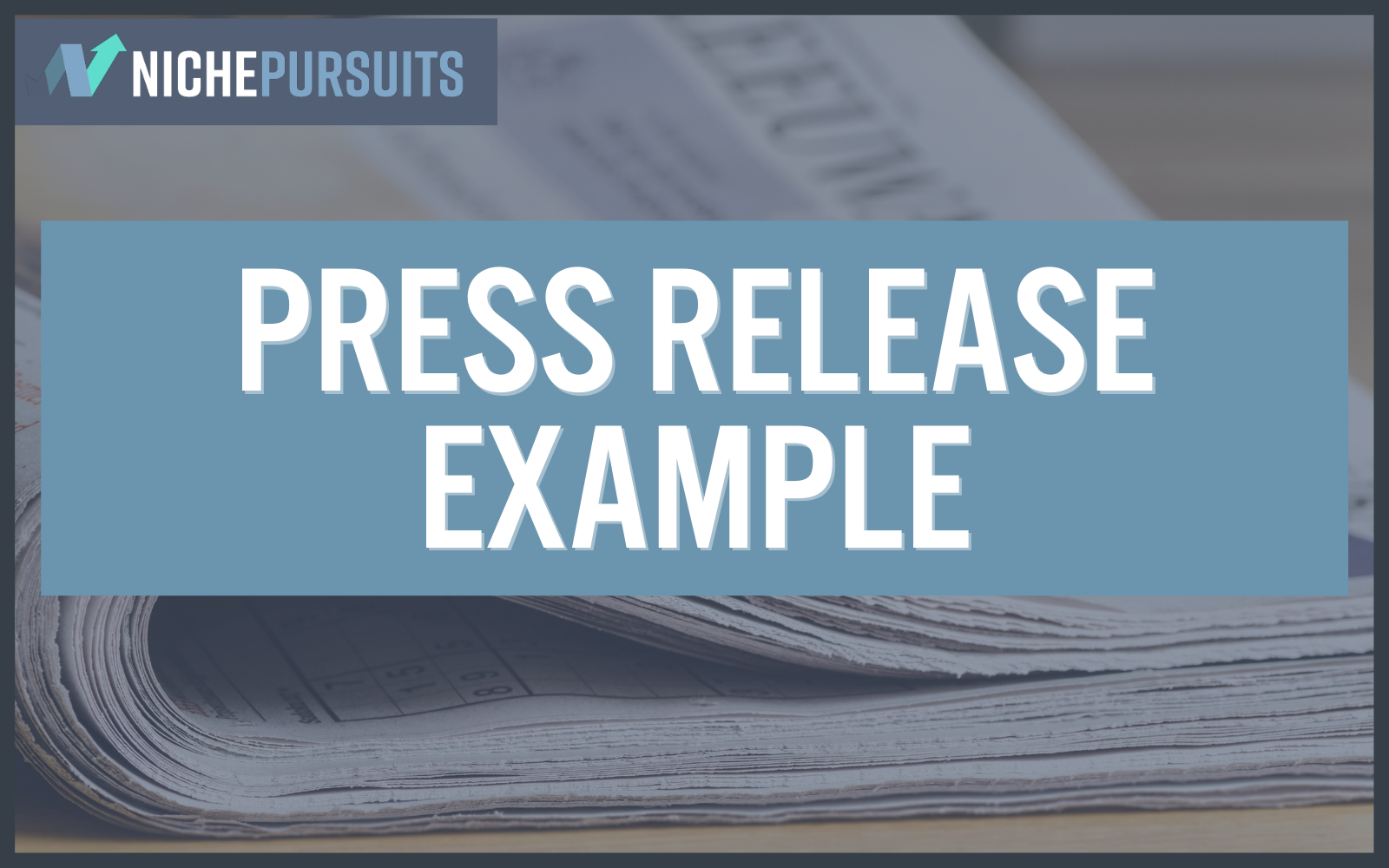
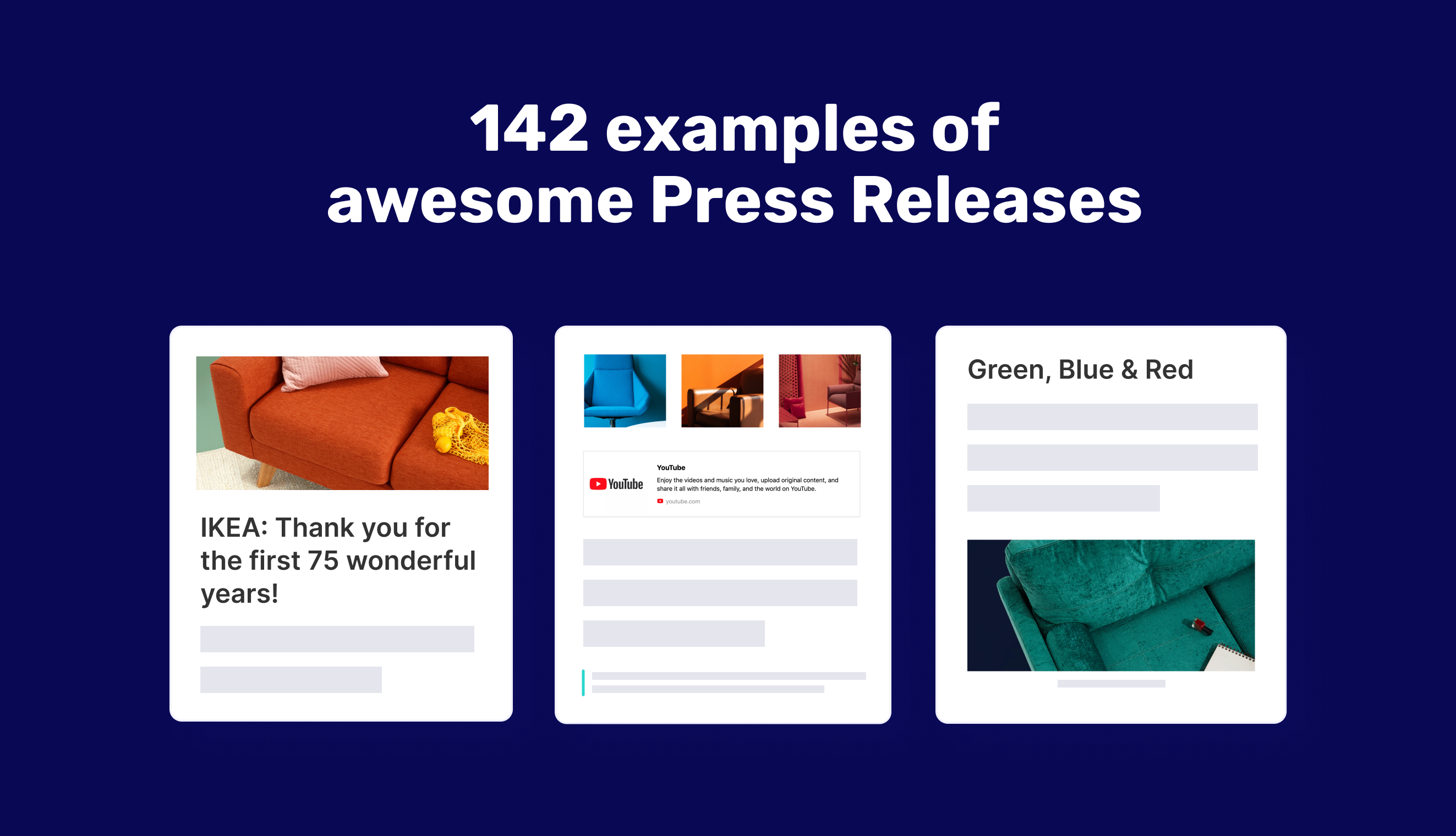

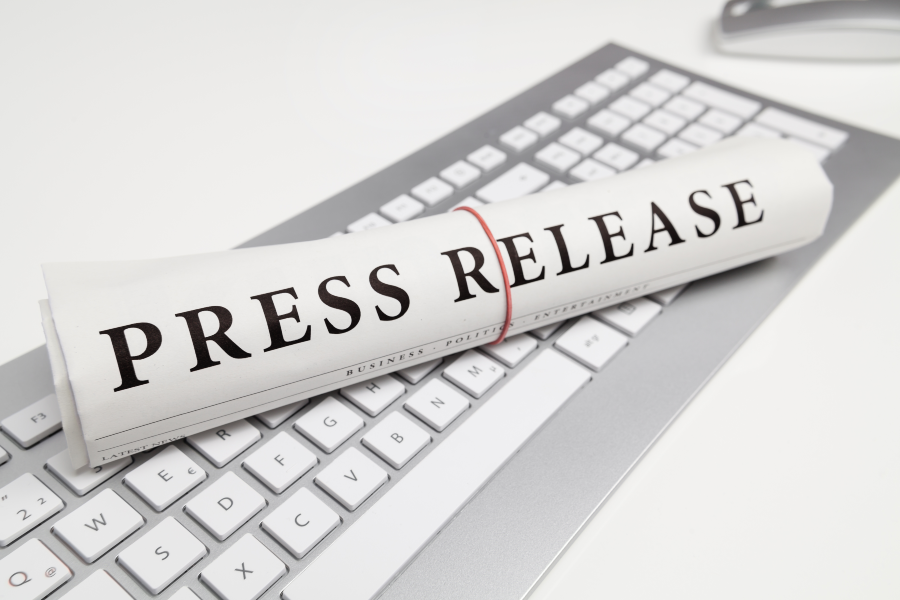
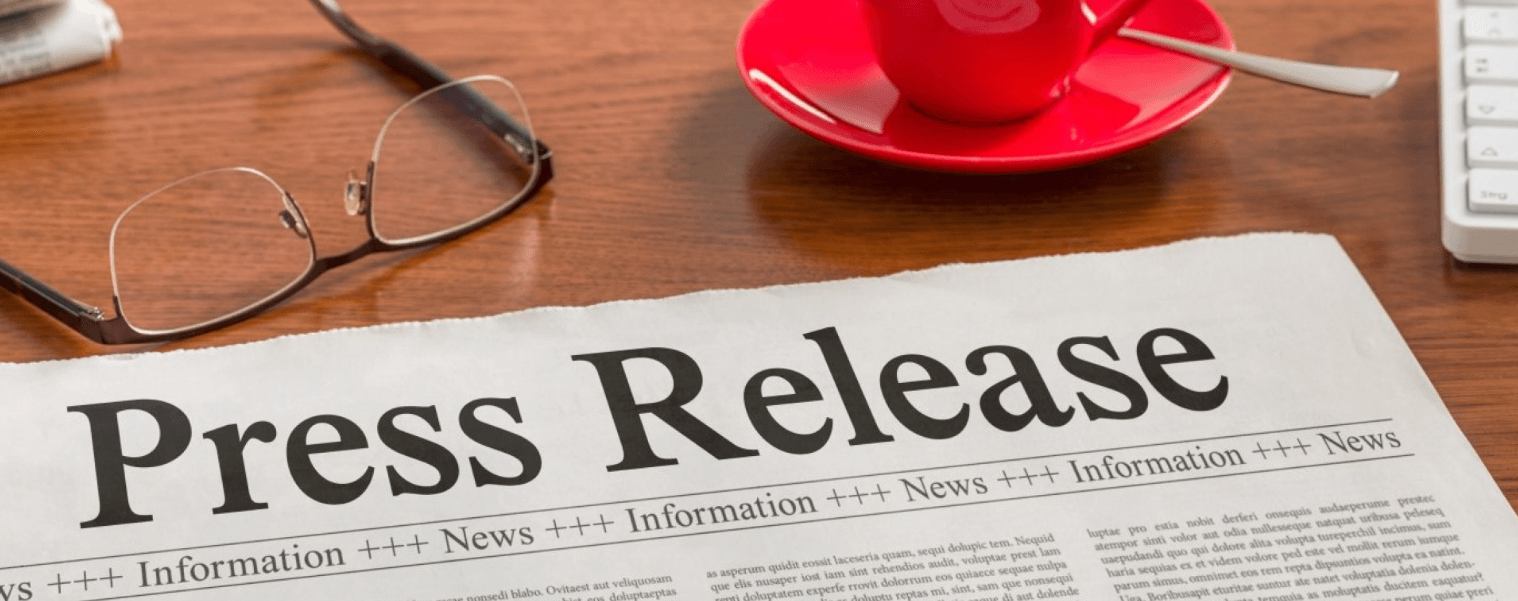
![Best Day To Issue A Press Release Best Press Release Examples [Organized by Type] | PRLab](https://prlab.co/wp-content/uploads/2022/09/new-hire-press-release-example.png)


